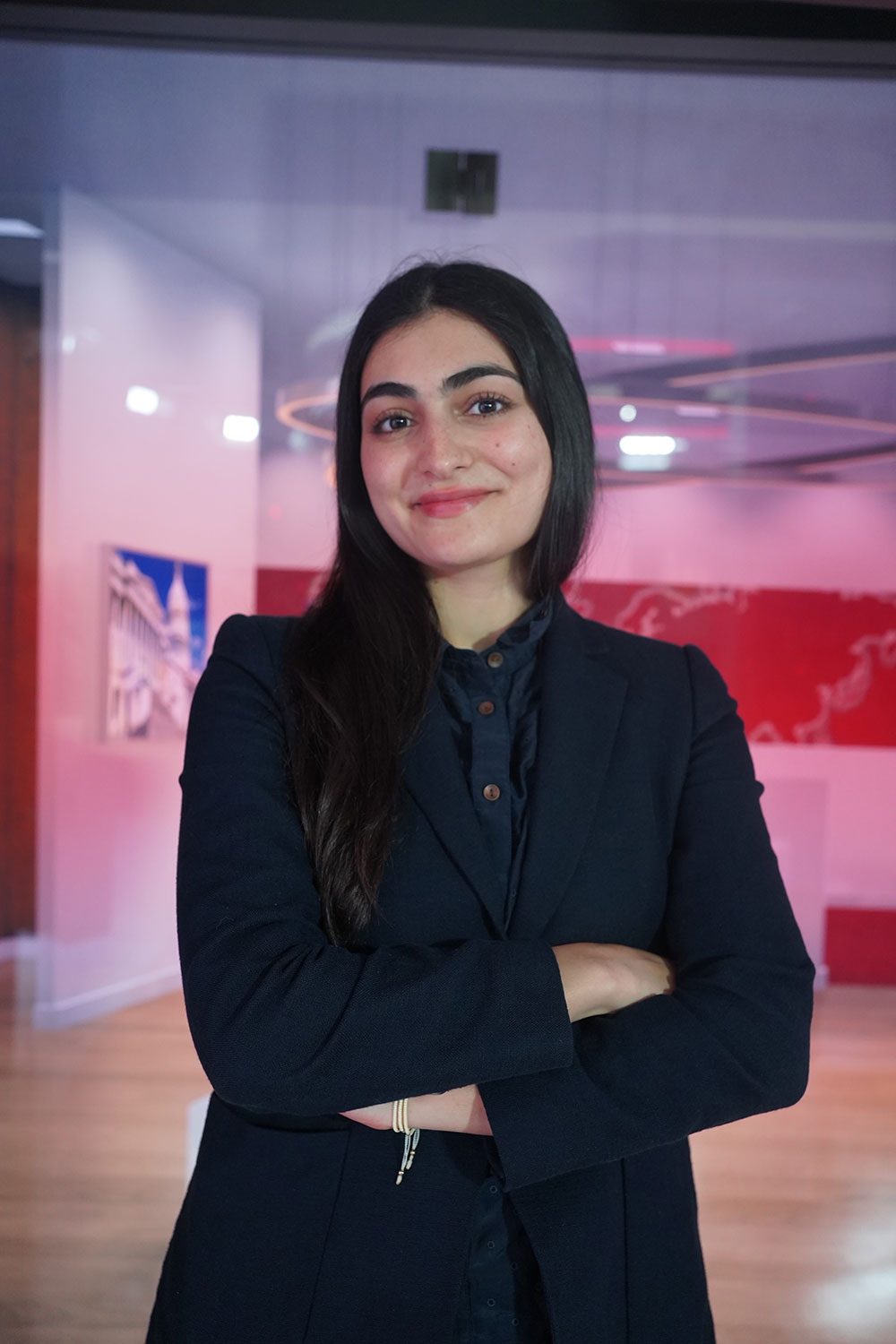Storytelling is the pulse of the human condition, a shared language that cuts across borders, generations, and platforms. It shapes how we learn history, empathize with strangers, and envision the future. From cave paintings to viral TikTok series, stories nourish culture, challenge norms, and spark movements. They transform data into meaning, statistics into struggles, and silence into solidarity. In a world inundated with information, storytelling cuts through the noise, providing clarity and context where chaos reigns. It is how activists organize, educators motivate, and artists envision. Stories don’t simply entertain—they empower, heal, and hold the powerful accountable. They remind us that there is a heartbeat behind every number, a human cost to every policy, and a legacy of trial and error to every innovation. In an age of fragmentation, storytelling stitches us back together, making discrete experiences into shared truth. Its power lies not in perfection, but in authenticity—the unchecked, unedited voice that says, “This matters.”
Ellenoor Shameli, a BBC Studios Digital Video Fellow and multimedia journalist, is an exemplary model of this ethos. With a track record of investigative reporting, climate documentaries, and viral YouTube clips, she creates stories that marry rigor and creativity. From debunking Washington D.C. legends during inauguration time to profiling rats trained to sniff out landmines, her reporting covers science, culture, and politics. Collaborating with historians, scientists, and social media teams, she interprets complex stories for various platforms without sacrificing depth. Her videos, including the 1.7 million-view tour of NASA’s Jupiter footage, prove that integrity and audience don’t have to be mutually exclusive. Trilingual and technically skilled in everything from Canon cameras to Premiere Pro, she tackles global stories with technical finesse and emotional intelligence. The teachings that can be drawn from Ellenoor Shameli’s projects aren’t textbooks—they’re forged in newsrooms, editing suites, and the jungles of virality. In a mediascape where speed often overshadows substance, the lessons learned from her pieces offer a roadmap for storytellers to thrive without compromise on fact. These pieces of advice matter because they’re not so much about how to tell a story—they’re about why stories matter, and how to make yours stick.
- Begin With Curiosity, Not Assumptions
Good storytelling begins with endless curiosity—a willingness to explore the unknown without letting assumptions get in the way. At BBC Studios, Ellenoor Shameli reported on topics ranging from sea lions mapping ocean floors to 2,000-year-old animal gift-giving customs. The trick? Treat every story like an excavation. To research her piece on Victorian vinegar valentines, she spent days digging through digitized archives of 19th-century publications, uncovering the ways in which those snarky cards equated with modern-day internet trolling.
Curiosity means asking, “Why does this matter today?” When she reported on the machine that turns carbon dioxide into fuel, she framed it as a parable of climate resilience rather than a niche scientific invention. People crave stories that surprise them, so shed assumptions and see where the subject leads. Talk to experts— an Irish folklorist’s description of the tale of Stingy Jack transformed her Halloween story into a cultural history of the jack-o-lantern tradition. Whether explaining an indoor hurricane simulator or the geopolitics of rare earth minerals, your job isn’t to lecture but to guide viewers through a shared discovery. Authenticity thrives where curiosity meets humility.
- Adapt Your Story for the Medium—But Keep Its Soul
Every platform demands a unique dialect, but the story’s heartbeat must remain constant. Her BBC piece on the Victorian trends of sending cruel but humorous Valentine cards known as ‘vinegar valentines’ was reworked into a YouTube video, lengthened from around three minutes to five minutes to suit a more traditional YouTube offering of longer videos, which tend to do better algorithmically. This was done by adding a couple more examples without changing the fundamental nature of the piece, which was about describing the cultural power of these vinegar valentines. Know your medium’s rhythm: Instagram Reels work with quick cuts and trendy audio; digital videos work best when they’re around 2-3 minutes long, and YouTube videos thrive at five minutes or longer. Programs like Final Cut Pro, Premiere Pro, and YouTube Analytics help with pace and thumbnail customization, but the emotional sincerity—whether awe, urgency, or humor—must underlie every version. When she worked with BBC Travel to show how water shaped New York City, on-the-water kayak footage complemented the piece’s historical depth without overwhelming it. Flexibility isn’t compromise—it’s consideration for how audiences consume.
- Collaborate Like a Conductor
Storytelling is a symphony of expertise. For her climate reporting, scientists explained jargon, cinematographers captured storm simulations’ fury, and editors sharpened narrative arcs. At Goldman Sachs, Ellenoor Shameli learned cross-departmental collaboration ensures clarity—a skill she now applies to video production. Profiling giant rats that are trained to detect landmines, she worked with researchers to explain their training and trainers to highlight handlers’ pride. Ask: How might subtle, spooky background music enrich a Halloween history segment? How might a historian’s context, combined with the support of a cameraman, enrich a DC myths video that takes you through the city with the reporter? For Ellenoor Shameli’s “Earliest Country Song” feature, collectors shared their experience of finding the recording, and ethnomusicologists helped contextualize the recording’s place in the country music genre. Trust your team members’ and contributors’ expertise, but be the editorial conductor—tuning each element to the story’s pulse. Even social media teams are collaborators: their meme-style edits for her Comedy Wildlife Awards video were optimized for the popular carousel-style Instagram post. Each voice adds to the chorus, but you hold the baton.
- Balance Clickability With Integrity
Virality without substance is noise. Ellenoor Shameli’s YouTube video for NASA’s Jupiter pictures got 1.7 million views because the thumbnail represented the story’s awe, not clickbait. She uses Google Trends to find popular subjects based on calendar time or the news cycle, but pairs them with journalistic rigor. For the “Comedy Wildlife Photography Awards”, playful cuts of hapless animals caught viewers, but the script was about habitat conservation. Ask: Does the headline do the story justice? Would you share it if your name weren’t attached? For BBC.com/video, she produced a story about a new invention – a machine that can capture carbon from the atmosphere and turn it into fuel. She ensured the visuals added depth rather than distracted from the science. Integrity is not stiffness; it’s building gateways that invite audiences into more knowledge. Even “quirky” topics like crime-sniffing rats need nuance: she focused on their lifesaving potential while covering the ethical controversies. Numbers matter, but trust is priceless.
- Make Data Human
People remember stories when numbers have a face. Ellenoor Shameli’s video on NASA’s sonifications transformed cosmic radiation into haunting soundscapes, and people could “hear” the universe’s heartbeat. In a study linking poor sleep to brain aging, Ellenoor featured visuals of someone tossing and turning in bed, struggling to fall asleep, and real solutions to the issue instead of impersonal statistics. In marketing mental health courses at Seed Marketing, it meant showcasing students’ raw challenges rather than clinical terminology. Utilize programs like Hindenburg for crisp audio or Canon XF400 cameras for tight close-ups, but always ask: Who gets impacted? What’s the stake? When she covered sea lions which researchers placed cameras on to map the ocean, she covered their process of creating the idea due to the expenses associated with traditional sea mapping equipment, and showed what the new information they discovered meant for the future of sea lions’ habitat. Data informs, but humanity connects. Your goal isn’t just to report—it’s to make audiences feel the weight of a discovery, the urgency of a crisis, or the hope in a solution.
Storytelling, as Ellenoor Shameli’s career exemplifies, is not merely a skill but a responsibility—one that demands curiosity, adaptability, and integrity. Her journey from highlighting climate innovations like hurricane simulations to anthropomorphizing data with NASA’s cosmic soundscapes showcases the story’s alchemical power. In collaboration with experts across disciplines, she makes niche topics universal teachings, illustrating that even the most technical stories can find emotional resonance. Her advice—founded in BBC newsrooms and global field reporting—challenges storytellers to prioritize authenticity over virality, so that truth is never upstaged by clickable content.
From debunking Washington D.C. legends to providing voice to unsung heroes who teach rats to detect landmines, Ellenoor Shameli’s work bridges the gap between information and impact. Her fluency in multiple languages and technical skills in programs like Premiere Pro and Canon cameras speak to an attention to detail, while her focus on human stakes reminds us that behind every number is a face. In a world choked with content, her method is a breath of fresh air: stories that instruct without condescending, entertain without trivializing, and uplift without agenda. The legacy of a great storyteller lies not in awards or eyeballs, but in the conversations they inspire and the minds they open. Ellenoor Shameli’s recipe—conscience, curiosity, and collaboration—is a reminder to employ stories not as tools of persuasion, but as bridges of empathy. Ultimately, her work demonstrates to us that storytelling is not about being heard—it’s about being felt. What are the stories that you will tell when silence is no longer an option? How does one image or sentence alter someone’s understanding of justice? Is a viral trend and journalistic integrity ever possible, or does one always have to come at the cost of the other? When you translate a story for TikTok, what truths do you unintentionally erase? If a piece of information lacks a human face, is it at risk of being noise? How do you reconcile the haste of breaking news with the patience that depth demands?
Whose voices are absent from the stories you consume—or tell? What is the consequence when stories are composed for clicks rather than context, and who pays the price? Can humor in storytelling amplify serious messages, or does it diminish their gravity? Before you hit “publish,” ask yourself: Does this story heal, divide, or simply exist? Next time you craft a narrative, beware—it’s not just your voice in the void. What will you echo out?






